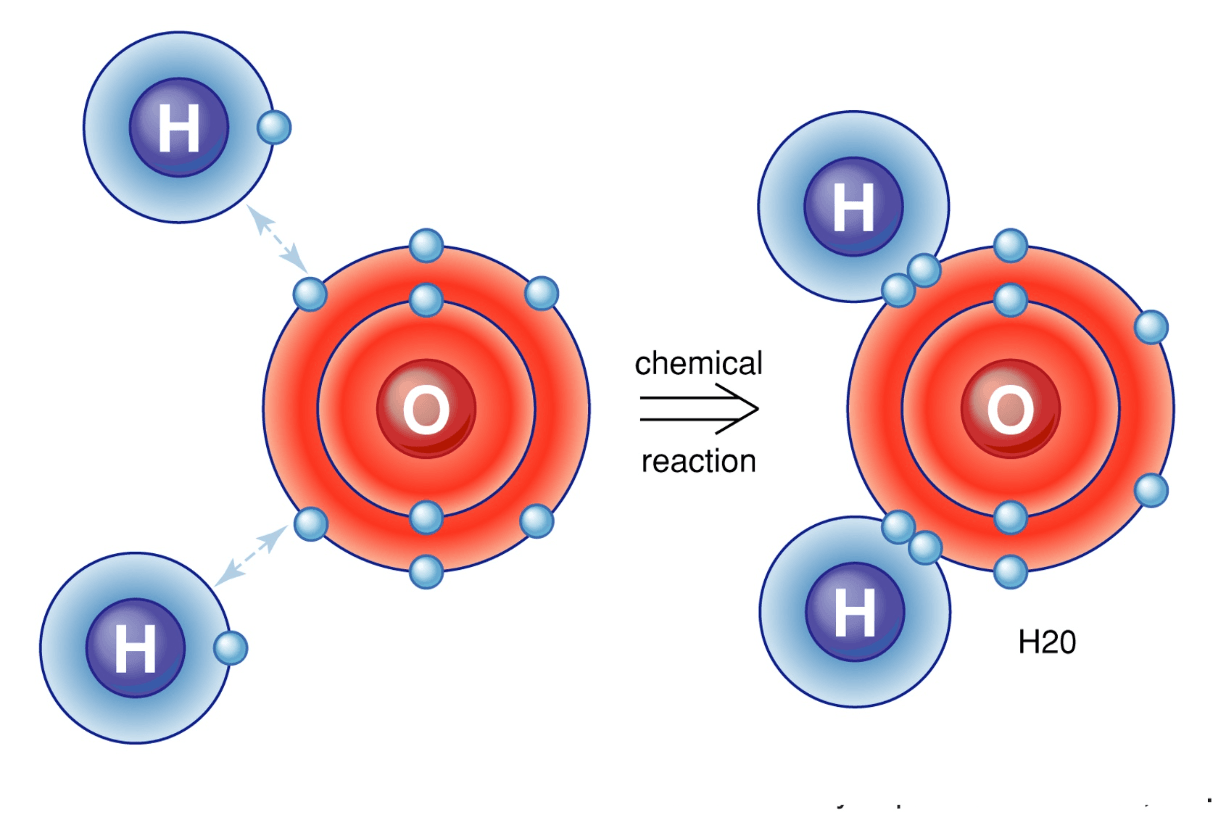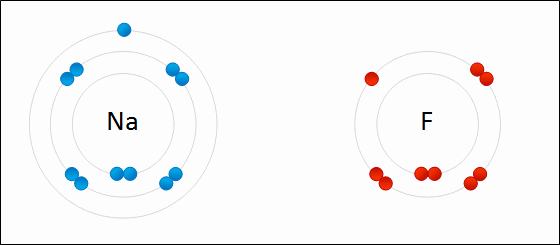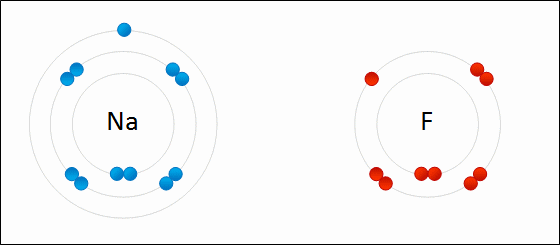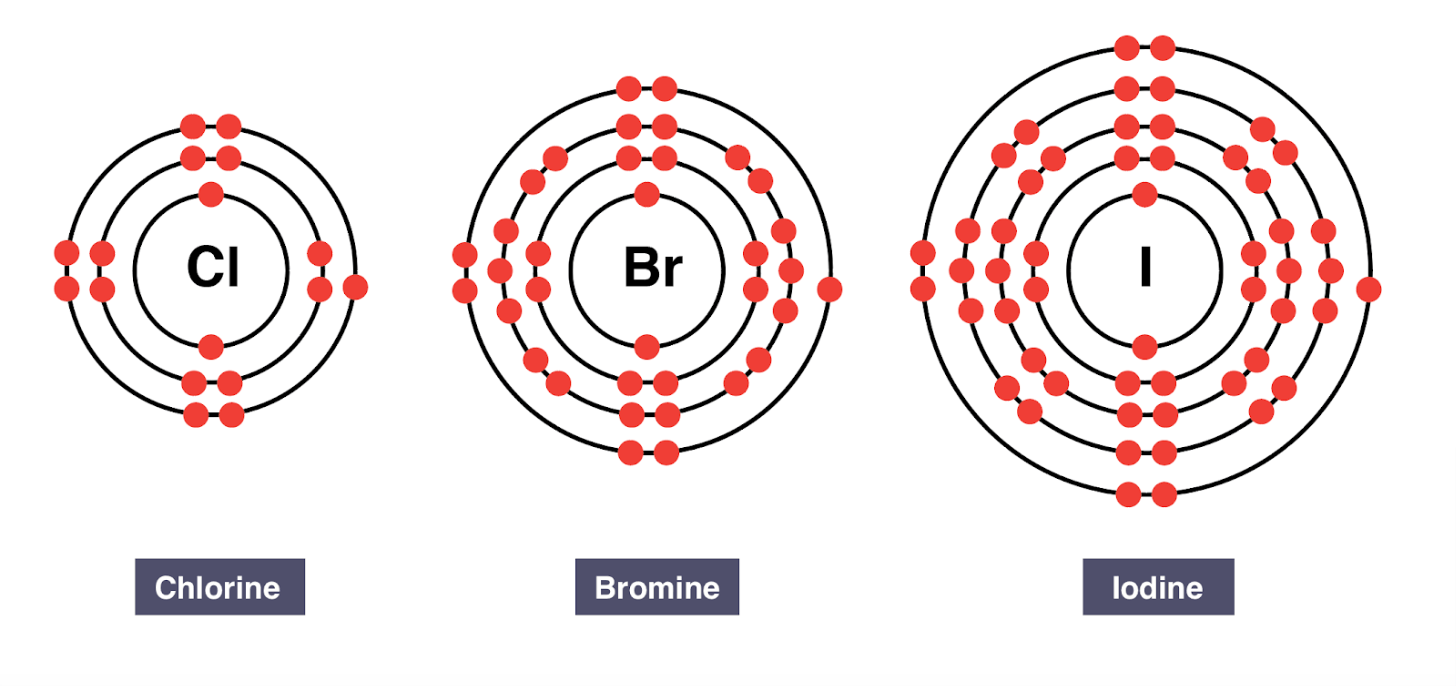Why do elements form bonds?
To have full valence shells to be stable
A positively charged ion is called a/an _____.
cation
How do we know how many bonds an element has?
Use the formula "8-valence electrons"
Does CO₂ contain ionic or covalent bonds?
covalent
Which group of non-metals does not tend to form bonds due to their full valence shell?
Noble gases
This bond is when two or more atoms share electrons.
covalent bond

A negatively charged ion is called a/an _____.
anion
When atoms share electrons covalent bonds occur between______
non metals
Does HF contain covalent or ionic bonds?
covalent
When an element gains an electron is has a _______ charge
Negative
The bond formed when two or more atoms transfer electrons.
ionic bonding

In an ionic bond there is a ____ from metal to a non-metal
Transfer
This type of covalent bond has an equal sharing of electrons.
Non-polar covalent bond.
Does Li₂O contain ionic or covalent bonds?
ionic
Ionic bonds form between what types of elements?
Metals and non-metals
If an atom loses an electron, then that atom will become ____ charged.
positively charged

Non-metals have _____ electronegativity values
Which periodic trend best explains why non-metals share electrons?
Electronegativity
Would Cl₂ have a nonpolar covalent bond or polar covalent bond?
nonpolar covalent bond
When an element gives away an electron is has a _______ charge
Positive
If an atom gains an electron, then that atom will become ____ charged.
negatively charged

Ionic compounds don't exist as individual units; they form three-dimensional structures called _____ ______
Crystal Lattices
This type of covalent bond has an unequal sharing of electrons.
Polar covalent bonds
Would HBr have a polar covalent bond or nonpolar covalent bond?
polar covalent bond
What is the shape of this compound NH3? 
Trigonal pyramidal
What specific type of electrons are responsible for the reactivities of the elements?
valence electrons
outermost electrons
electrons in outermost shell

True or False: Opposite charges attract and they bond atoms together
True
Which bond is represented by 2 lines and shares a total of 4 electrons?
Double Bond
Is water (H₂O) polar or non-polar?
polar
What is the shape of the compound SF6 and what is the angle?

Octahedral
90o